Ever felt that sinking feeling when you realize your most private stuff might not be as private as you thought? Samsung Galaxy users just got a reality check about their Secure Folder – and the company's scrambling to fix a flaw that's been hiding in plain sight.
The issue? Samsung's Secure Folder had a critical vulnerability that let anyone with physical access peek at your hidden apps and photos. Even worse, apps inside Secure Folder could be spotted through the system's Permission Manager, completely defeating the purpose of keeping them "secure." Here's the kicker: Samsung treats Secure Folder as a managed work profile, which means its data is merely kept separate from your personal profile.
What you need to know:
- Samsung acknowledged the Secure Folder vulnerability that exposed hidden apps and photos
- The flaw stemmed from Secure Folder's reliance on Android's work profile system
- Samsung is planning to adopt Google's Private Space API for a proper fix
- The solution may not arrive until One UI 8 launches
The security flaw that broke the "secure" promise
Let's break down what went wrong. A Reddit user uncovered a flaw that lets anyone with physical access to your phone peek into apps and photos stored in Samsung's Secure Folder. The problem wasn't just theoretical – it was embarrassingly easy to exploit.
The issue is tied to work profiles, which allow files to be pulled from Secure Folder without needing extra authentication. This architectural flaw suggests Samsung never properly audited work profile permissions before building Secure Folder on top of them – a fundamental oversight that compromises the entire security model.
After thorough testing, Mishaal Rahman from Android Authority confirmed the flaw, showing that media files in Secure Folder were exposed. The vulnerability worked because apps in the work profile can use Android's photo picker to access your 'secured' photos and videos, completely dodging the lock you thought was keeping them safe.
The Permission Manager vulnerability reveals deeper systemic problems. If someone digs into the system's settings and checks the Permission Manager, they can see a list of apps that have requested permissions—including the ones you thought were safely tucked away in the Secure Folder. This exposure occurs because Android's permission system wasn't designed to hide work profile apps from system-level visibility – it treats them as legitimate corporate applications that should be discoverable for administrative purposes.
Why the work profile approach backfired
Here's where Samsung's engineering decisions came back to bite them. The issue boils down to how Secure Folder is built on Android's Work Profile feature, which was initially meant for corporate setups.
This architectural choice created multiple attack vectors that Samsung apparently never considered. Whether set up by a company or through third-party apps, work profiles break Secure Folder's defenses, putting sensitive data at risk. This security flaw isn't just limited to work profiles set up by companies: it also affects those created through third-party apps.
The fundamental problem was that Samsung treats Secure Folder as a managed work profile, which means its data is merely kept separate from your personal profile. Samsung should have implemented true isolation using Android's existing security frameworks rather than repurposing enterprise management tools. This design choice reveals a concerning gap in how Samsung approaches consumer privacy versus corporate data management.
The consequences extend beyond individual users. In certain scenarios, that setup left your photos, videos, apps, and files vulnerable to access. An employer could potentially see what's inside the Secure Folder, or the Android permission manager might display the full list of apps it contains. This creates potential legal and privacy implications for users who assumed their personal data was truly isolated from corporate oversight.
Samsung's fix: embracing Google's Private Space API
Good news – Samsung isn't ignoring the problem. It now appears that Samsung will follow Google's lead and adopt the new Private Space API for its own Secure Folder. This represents a fundamental shift in how Samsung approaches mobile privacy.
What this means for you is that your content inside Secure Folder will actually be secure — isolated from the rest of the system — and won't accidentally show up where it shouldn't. Google's Private Space API solves the fundamental architectural problems Samsung created by establishing true system-level isolation rather than relying on enterprise management frameworks.
The technical improvements are significant. The reason is that Google created a completely new user type for Private Space – android.os.usertype.profile.PRIVATE – which is treated differently by the photo picker and the Permission Manager. Android recognizes when a private profile is locked and then hides it from the photo picker, the permissions manager, and other system services. This new user type fundamentally changes how Android handles permission requests, ensuring that private profile apps remain invisible to system-level discovery mechanisms.
One UI 8 will bring additional security enhancements that address the notification leak problem. Now that Samsung's Secure Folder in One UI 8 uses the Private Space API instead of the work profile, we can expect that the known security flaw has been fixed. Plus, you won't even receive notifications from hidden apps when Secure Folder is locked. This suggests other Android manufacturers using similar work profile-based implementations should also consider migrating to Google's Private Space API to avoid Samsung's mistakes.
What this means for your Galaxy device
The timeline is disappointing, but the fix is coming. The leaker suggests that Samsung will roll out the fix only with the release of One UI 8. Although Android 16 is just around the corner, the next major One UI version could still be a long way off, especially considering how delayed One UI 7 was.
In the meantime, you can try to prevent photos and videos from being viewed outside of the Secure Folder by encrypting it. Samsung has apparently acknowledged the security flaws, but the company has not shared any concrete plans for a fix yet.
Samsung's decision to wait for One UI 8 rather than pushing an emergency fix reveals their security update prioritization strategy. The company appears to bundle major architectural changes with major OS updates rather than deploying critical security fixes as standalone patches. This approach prioritizes system stability over immediate security remediation, which may not align with users' expectations for privacy-critical vulnerabilities. For users storing truly sensitive content, consider alternative solutions like encrypted cloud storage or third-party privacy apps until the fix arrives.
One UI 8 will introduce additional protective measures that go beyond Google's baseline implementation. A new kill switch of sorts has been added for Secure Folder, ensuring optimal protection against unauthorized access. When hidden, all apps and data in the Secure Folder are encrypted.
PRO TIP: Until the fix arrives, avoid using work profiles if you rely on Secure Folder for truly sensitive content. Consider encrypting your Secure Folder as an additional layer of protection, and review your Permission Manager settings to see what apps might be visible to others.
The bigger picture: mobile security in the AI age
This Secure Folder fiasco highlights a broader challenge in mobile security as personal data becomes increasingly valuable for AI training and personalization. Samsung is introducing Knox Enhanced Encrypted Protection, a new architecture designed to safeguard the next generation of personalised, AI-powered features. The company is clearly taking security more seriously as AI features become more personal and invasive.
The connection between Secure Folder's failures and AI security needs becomes clear when you consider data sensitivity. KEEP creates encrypted, app-specific storage environments within the device's secure storage area, ensuring that each app can access only its own sensitive information and nothing more. This represents the kind of fundamental security thinking that should have been applied to Secure Folder from the beginning – true isolation rather than administrative separation.
The KEEP architecture demonstrates Samsung's evolution from the work profile mistake to proper security design. Encrypted app-specific storage matters more as AI features become more personal because these systems need access to deeply personal data patterns while maintaining strict boundaries between applications. Samsung's acknowledgment of the Secure Folder flaw and their architectural pivot toward KEEP shows they're learning from this mistake – but it took a public security failure to force this improvement.
The lesson here? Security features need to be secure by design, not just secure by promise. Samsung's acknowledgment of the flaw and commitment to fixing it through Google's Private Space API shows they're learning from this mistake. Now we just have to wait for One UI 8 to actually deliver on that promise.




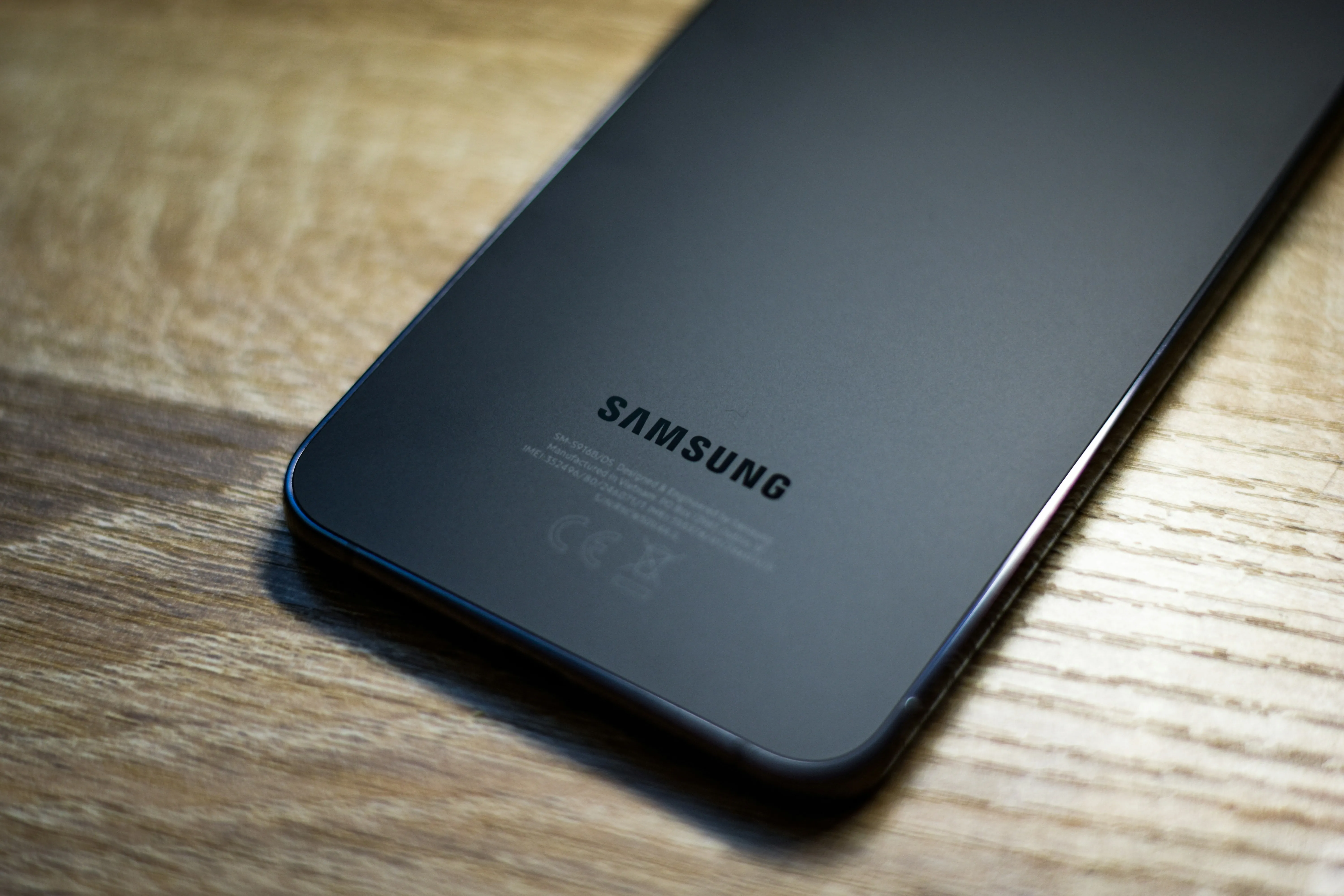
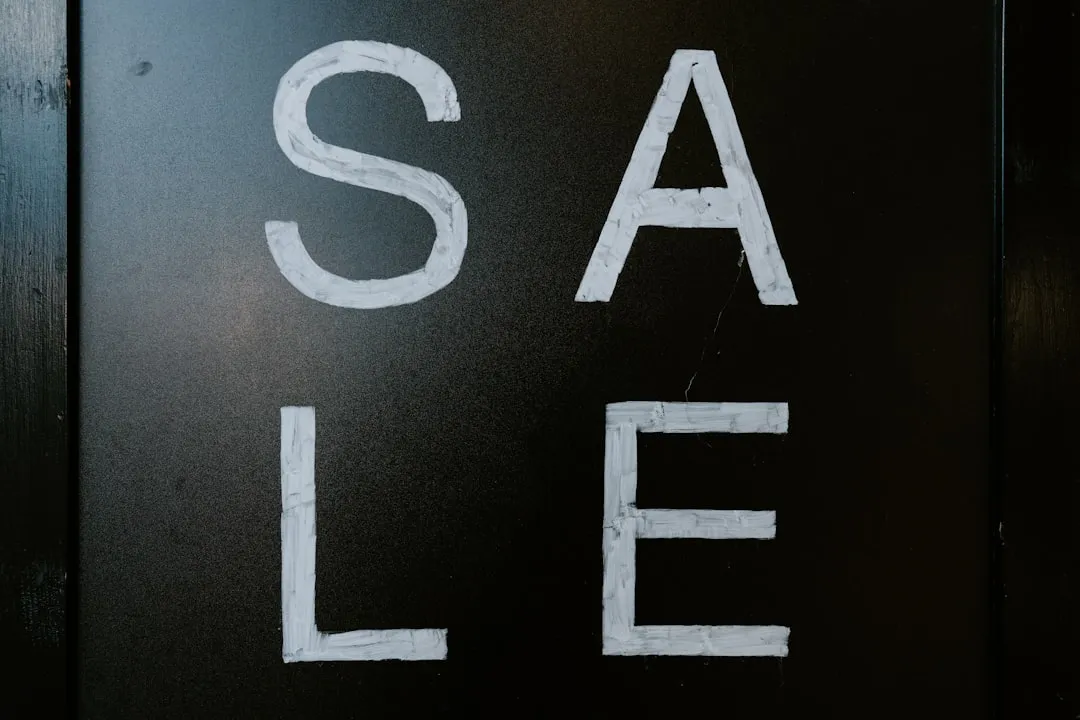
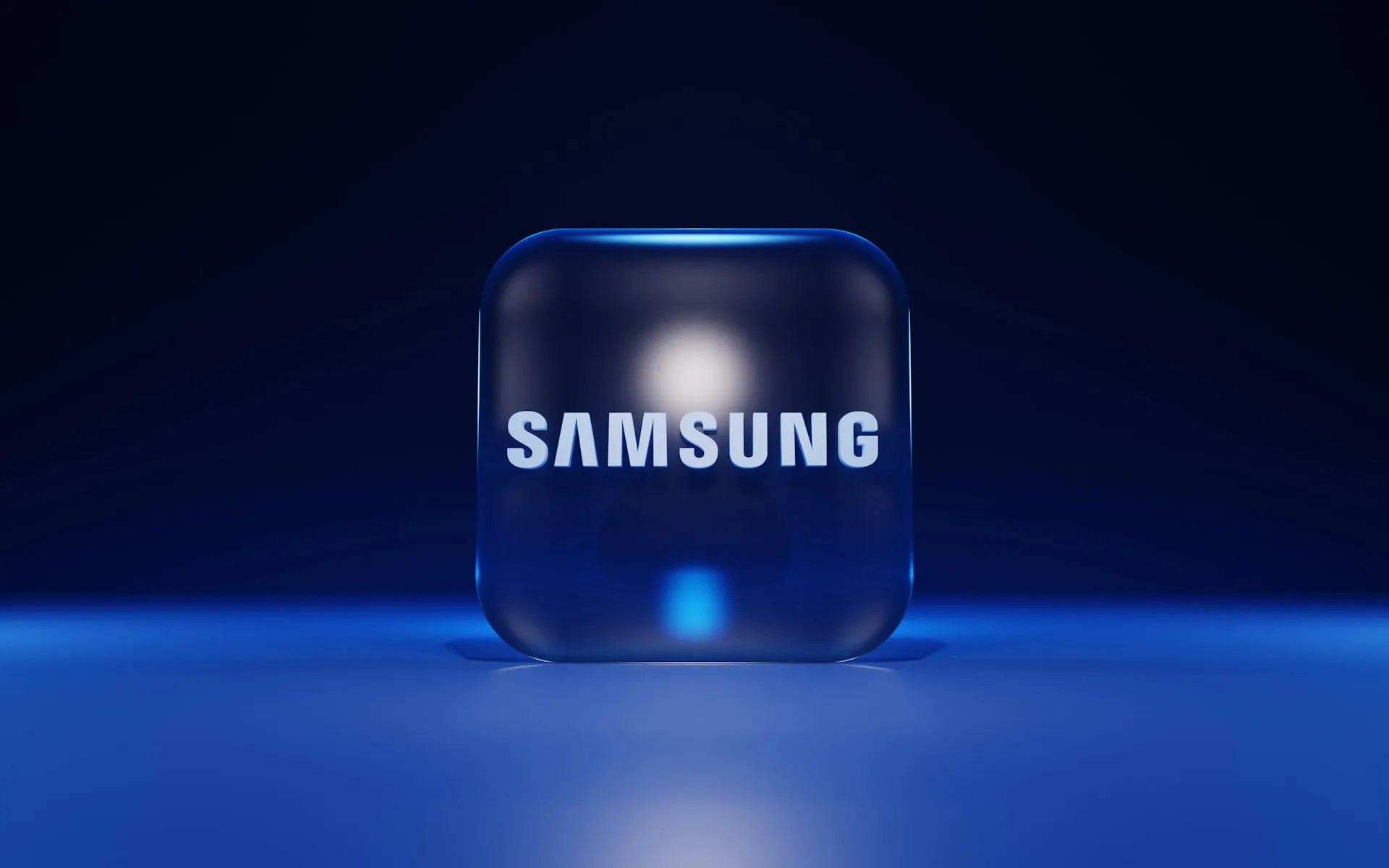
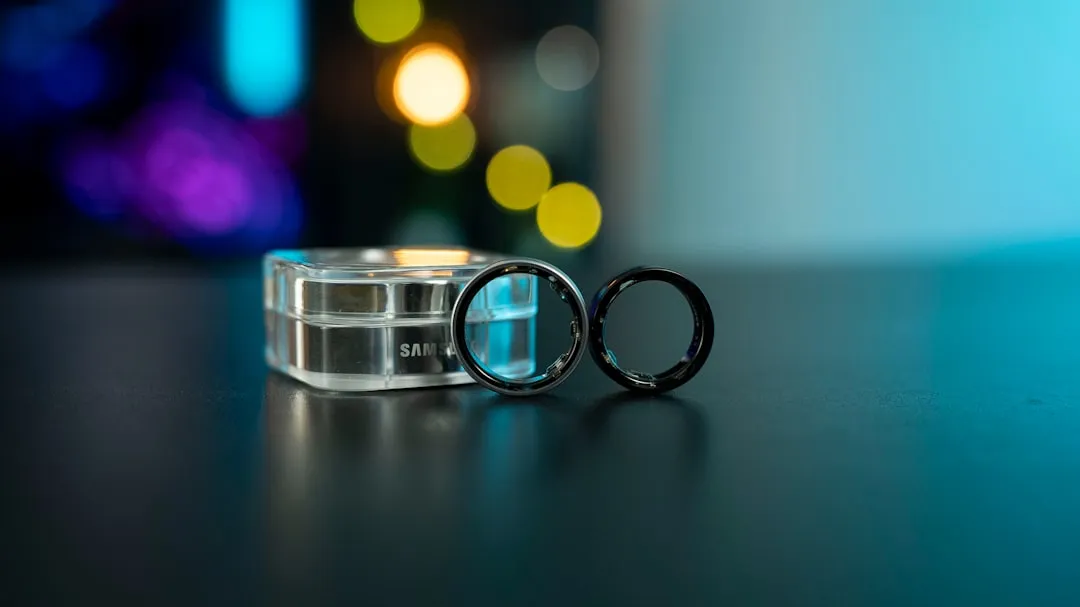

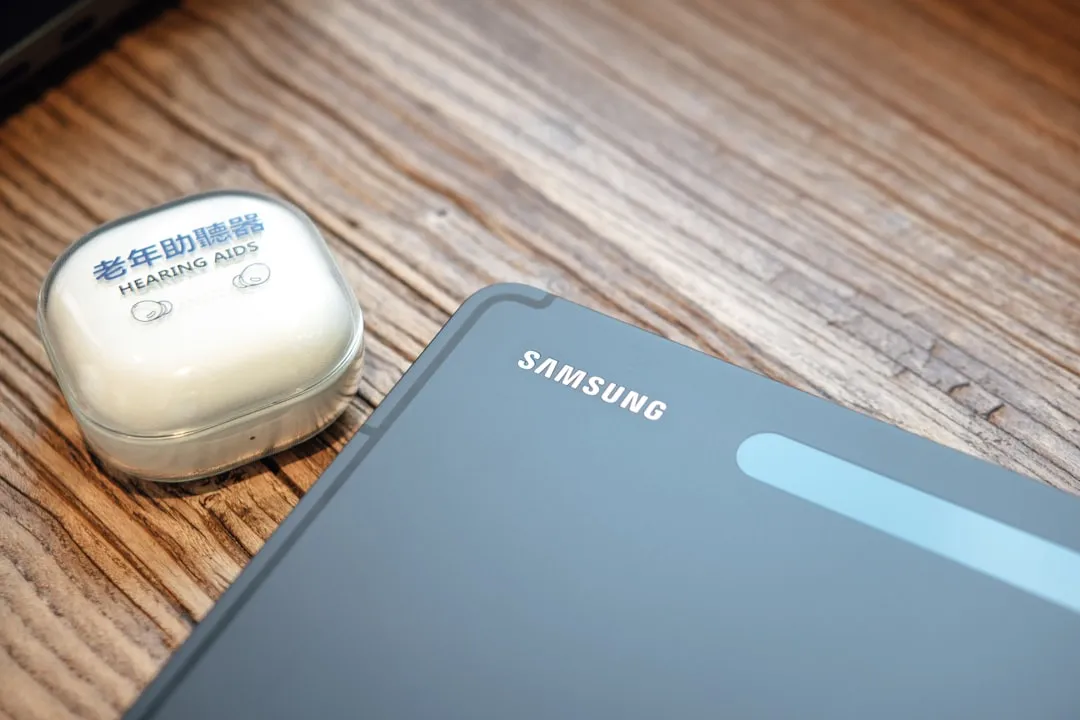
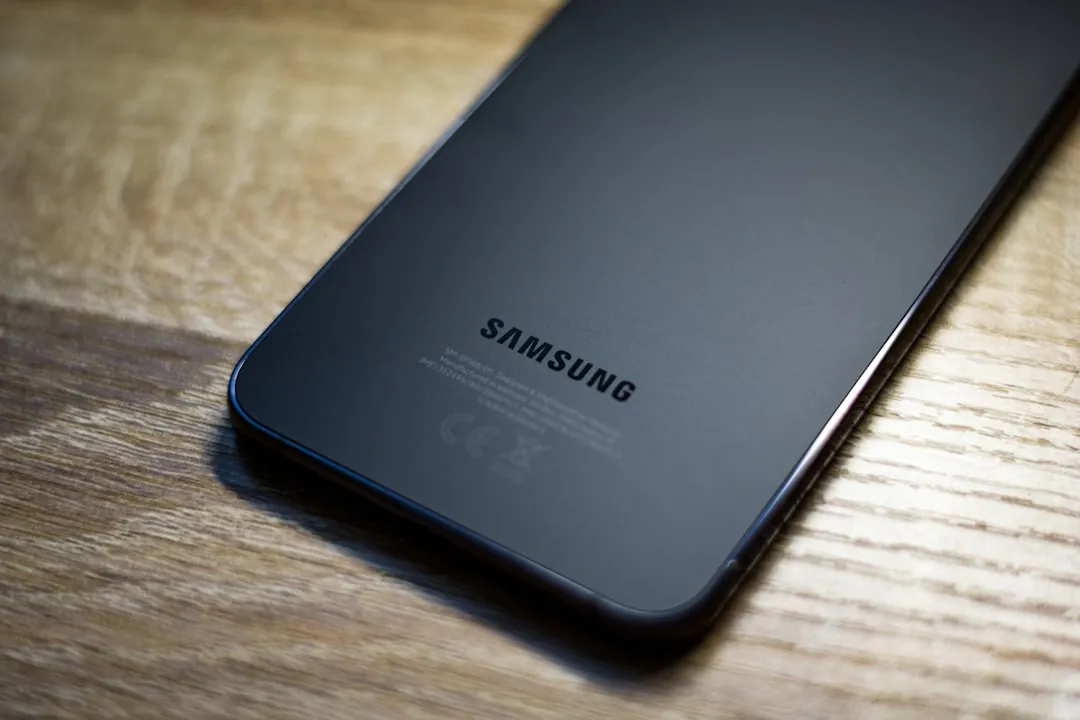
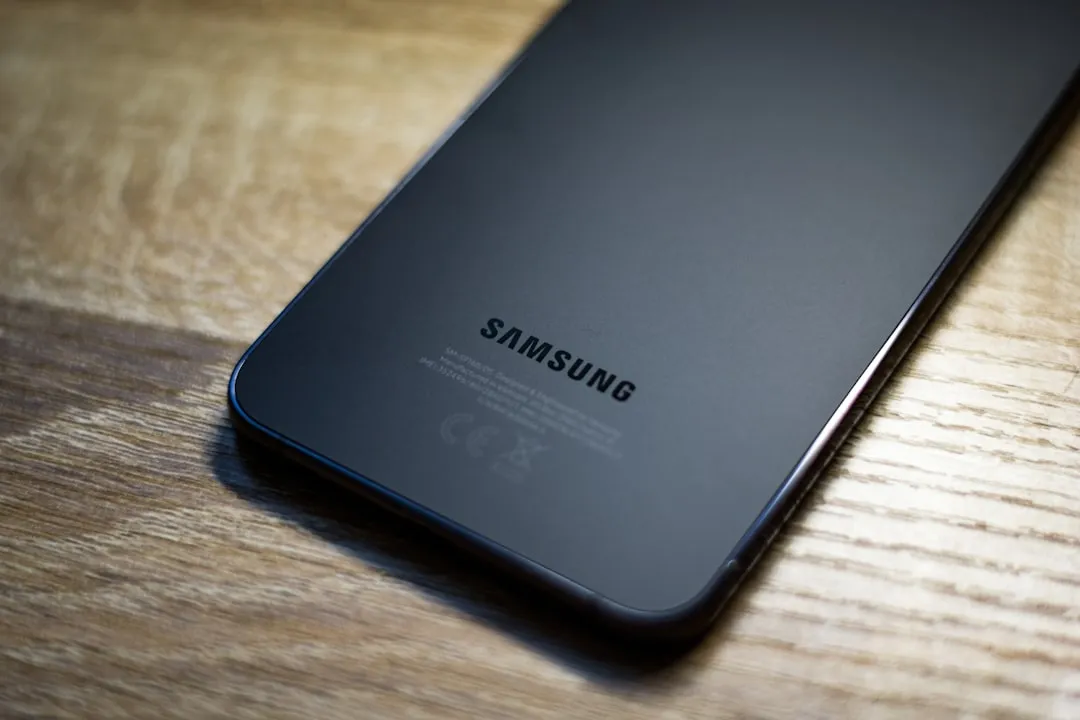




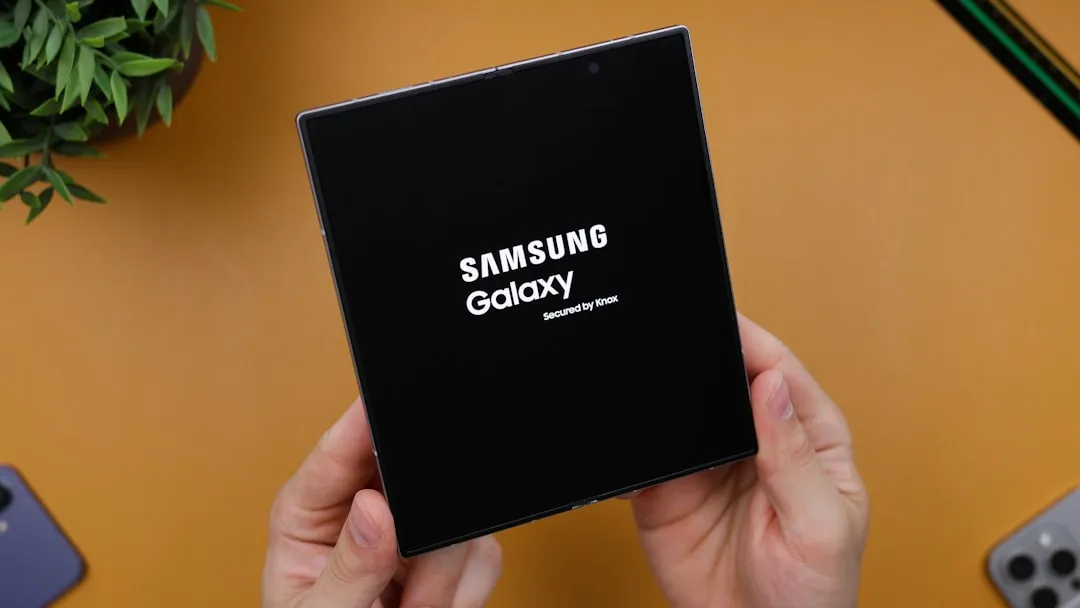
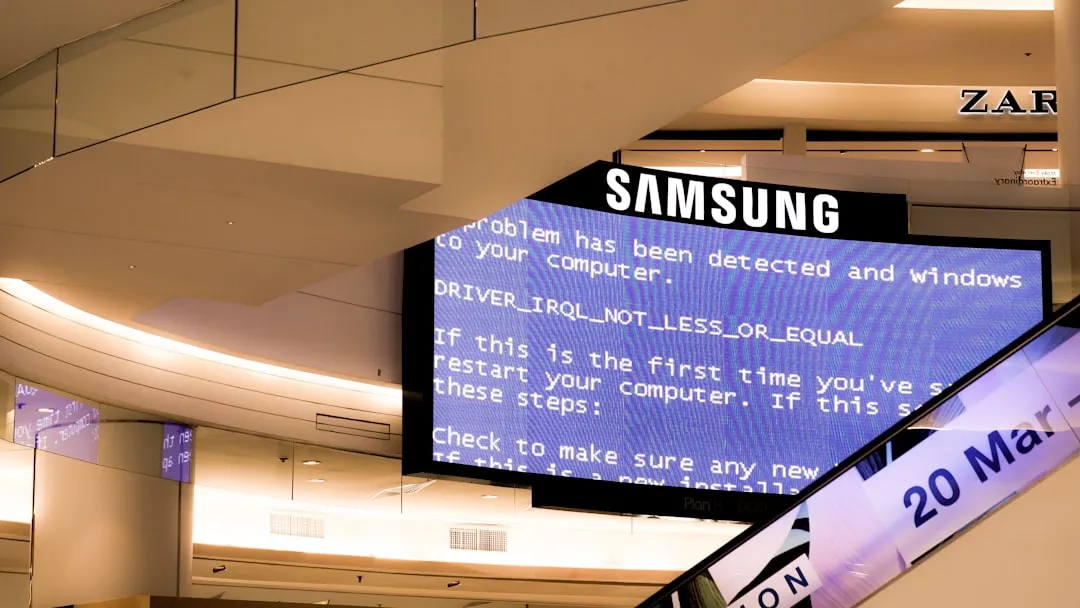
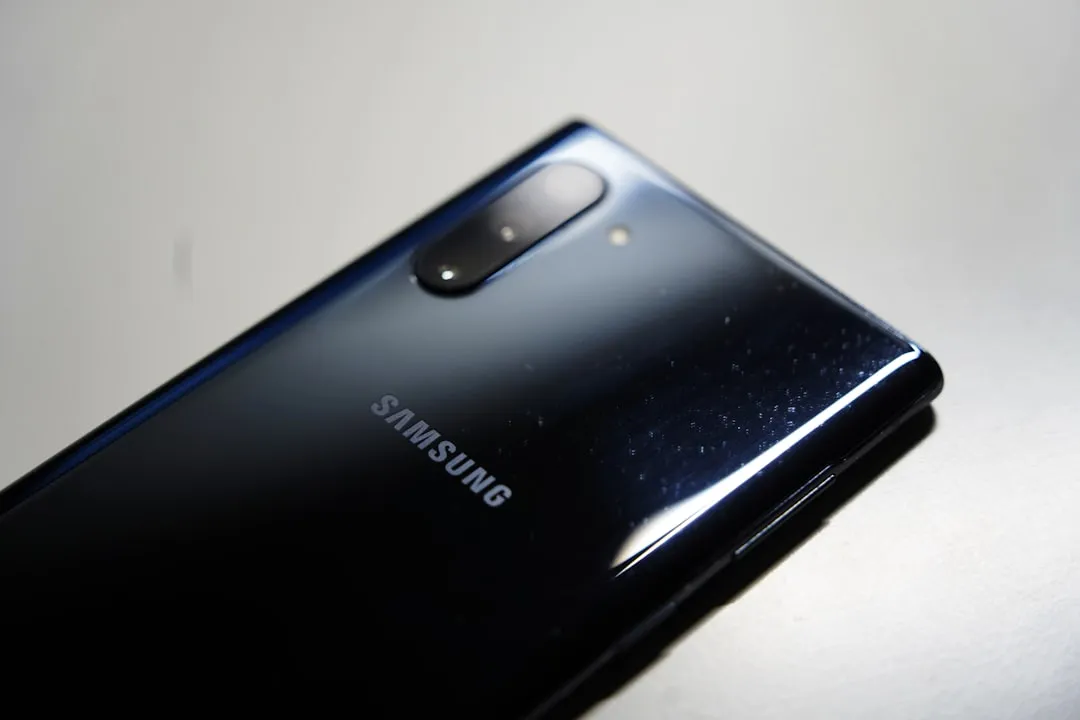
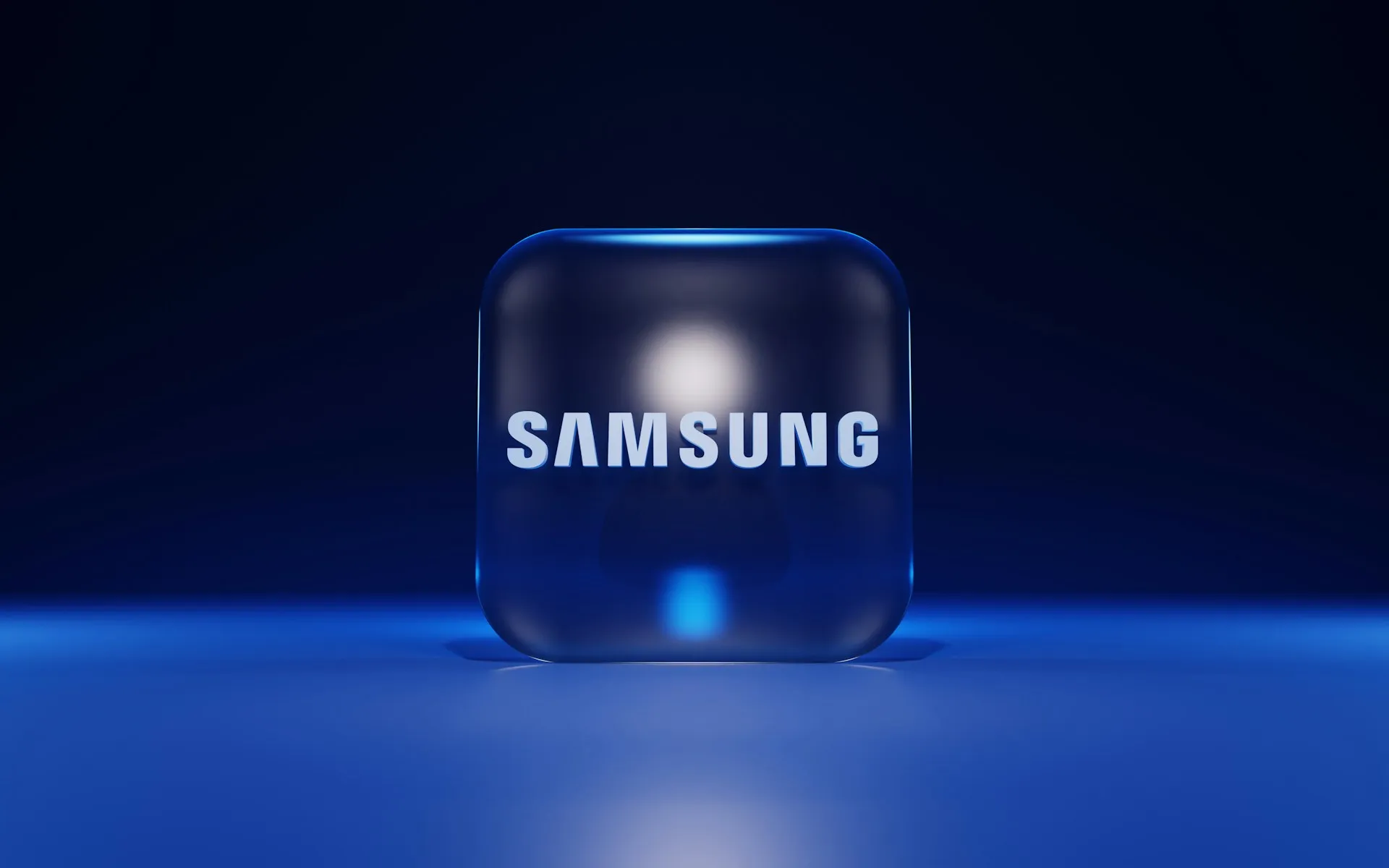
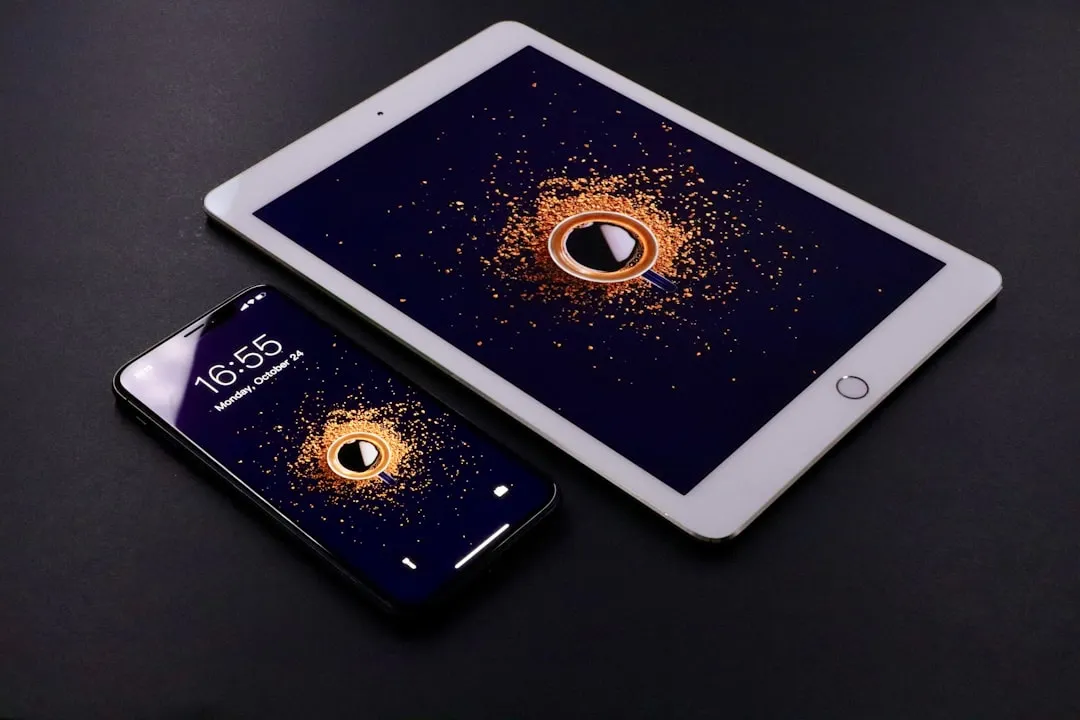
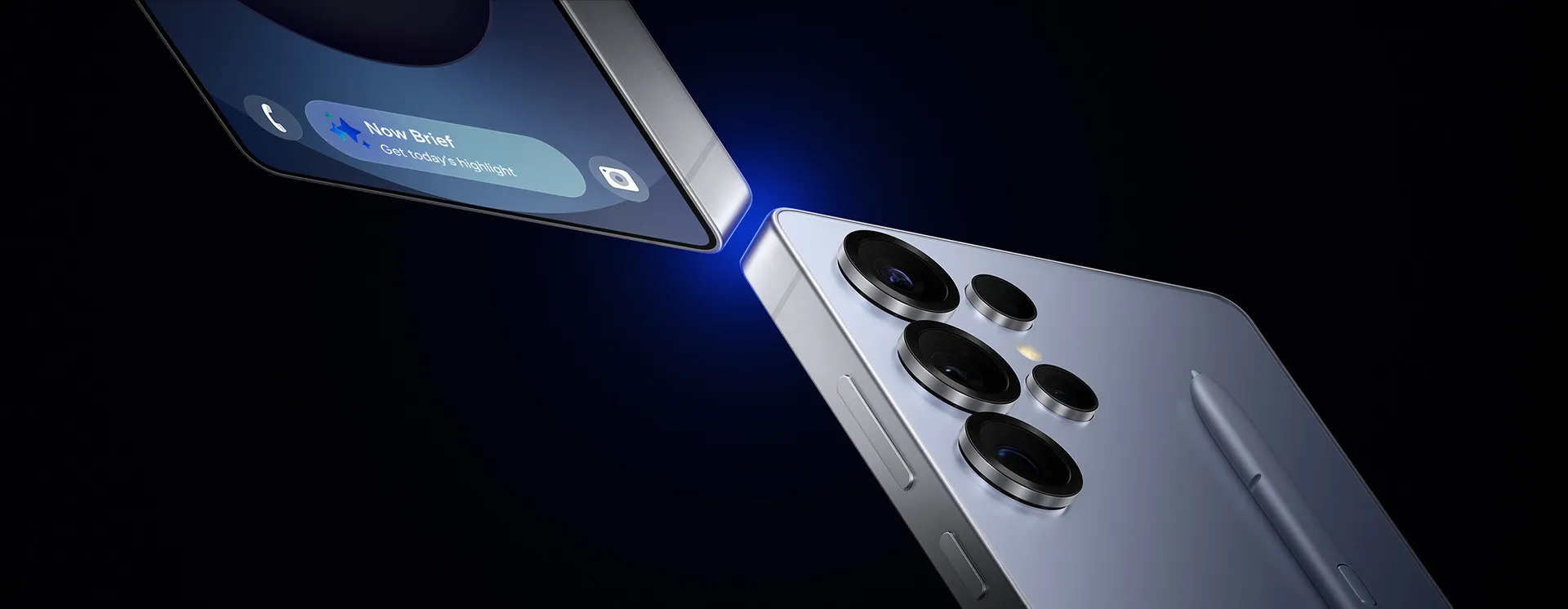

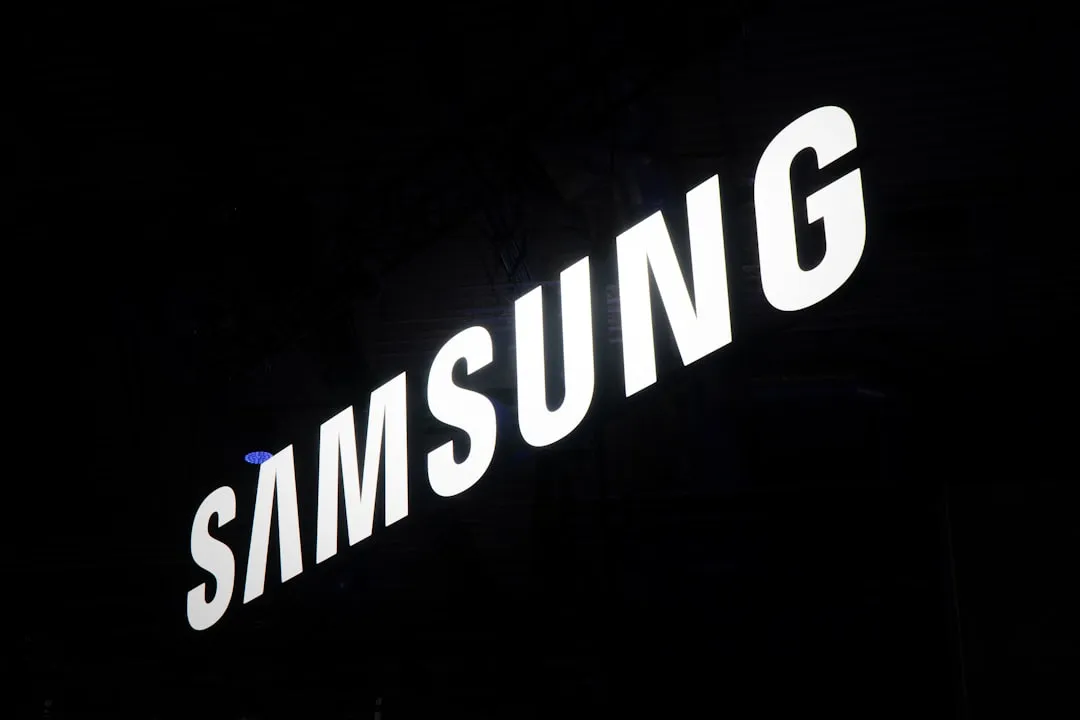

Comments
Be the first, drop a comment!